From books to music to food, they don’t follow the herd when it comes to trends, they craft their own identity. But do they judge others who do it for ‘Gram? The jury’s out...
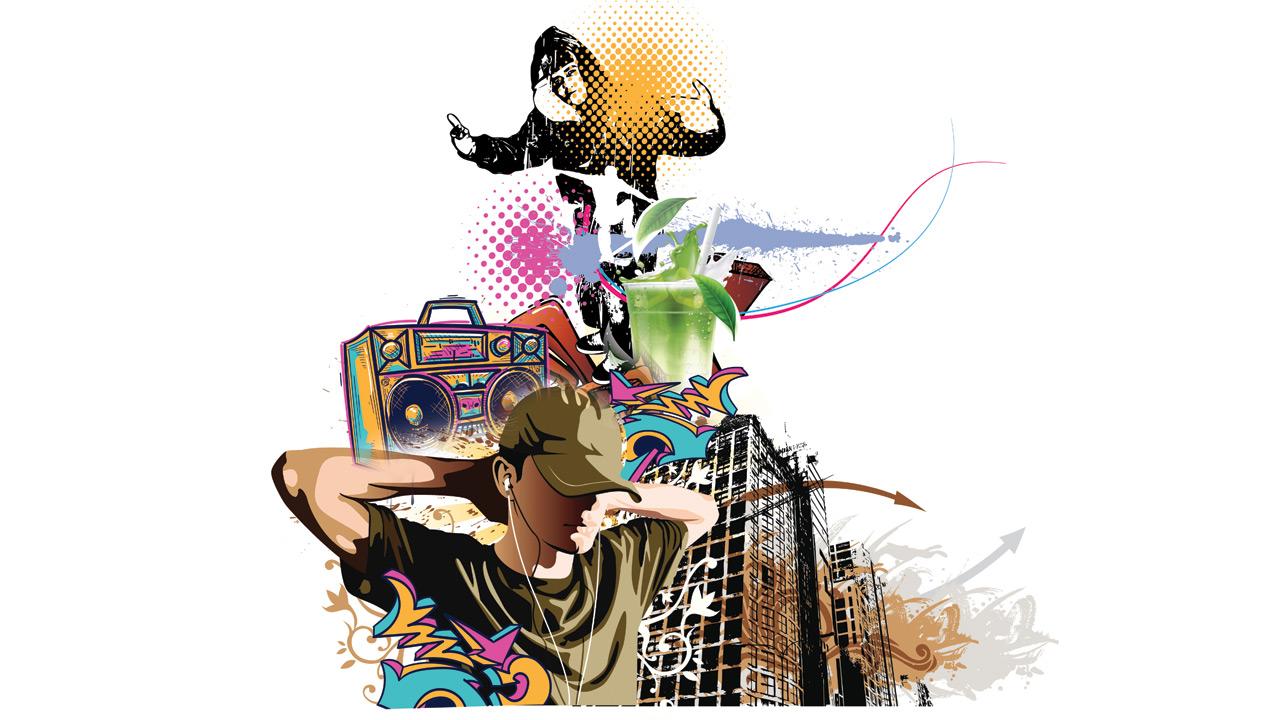
Representational pic
Matcha over masala chai. Japanese jazz-funk on loop. A vintage tote stacked with Joan Didion and zines from a Berlin press. Clothes that toe the line between Pinterest aesthetic and personal style. In 2025, taste isn’t just what you like but it’s how you move through the world. Across fashion, food, music, art, books, and even the cafes we linger in, a new kind of consumer has emerged. One that’s careful, discerning, maybe even a little ironic in their choices. They scroll, sure. But they also resist. They collect aesthetics like they collect records: not to impress, but to make sense of themselves. For them, the algorithm is a tool, not a god. Is this the new “hipster”?
Books
Plot over aesthetic
Neelam Sharma, a 39-year-old book influencer on Instagram, doesn’t trust the algorithm any more. With 26,800 followers, she once rode the Bookstagram wave with its hyped titles, trending shelves and dark academia filters. But the romance faded. “The hype kills the real artistes,” she says, pointing to indie authors and overlooked literary gems buried under #shelfie culture. “Reading’s become a trend like fashion. But real literature doesn’t wear well on Instagram.”
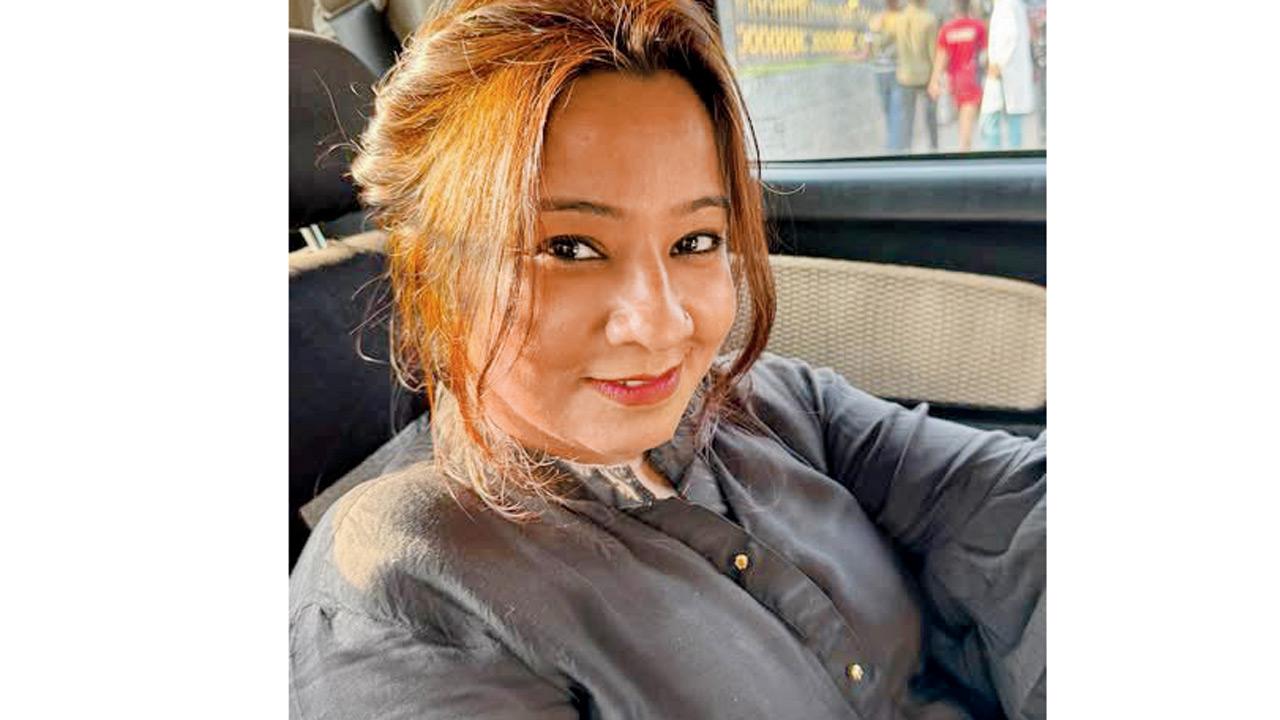
Neelam Sharma. PIC COURTESY/ NEELAM SHARMA
Nineteen-year-old Jiyaa Devnani, a psychology student at Jai Hind College, shares the disillusionment. She finds herself drawn to introspective women’s biographies and psychological fiction. “Due to social media and Internet book trends, reading has become more about performance and gatekeeping,” she says. She loves recommending books to others all the time. “It is unfair to deprive other people of the joy you felt,” she explains.
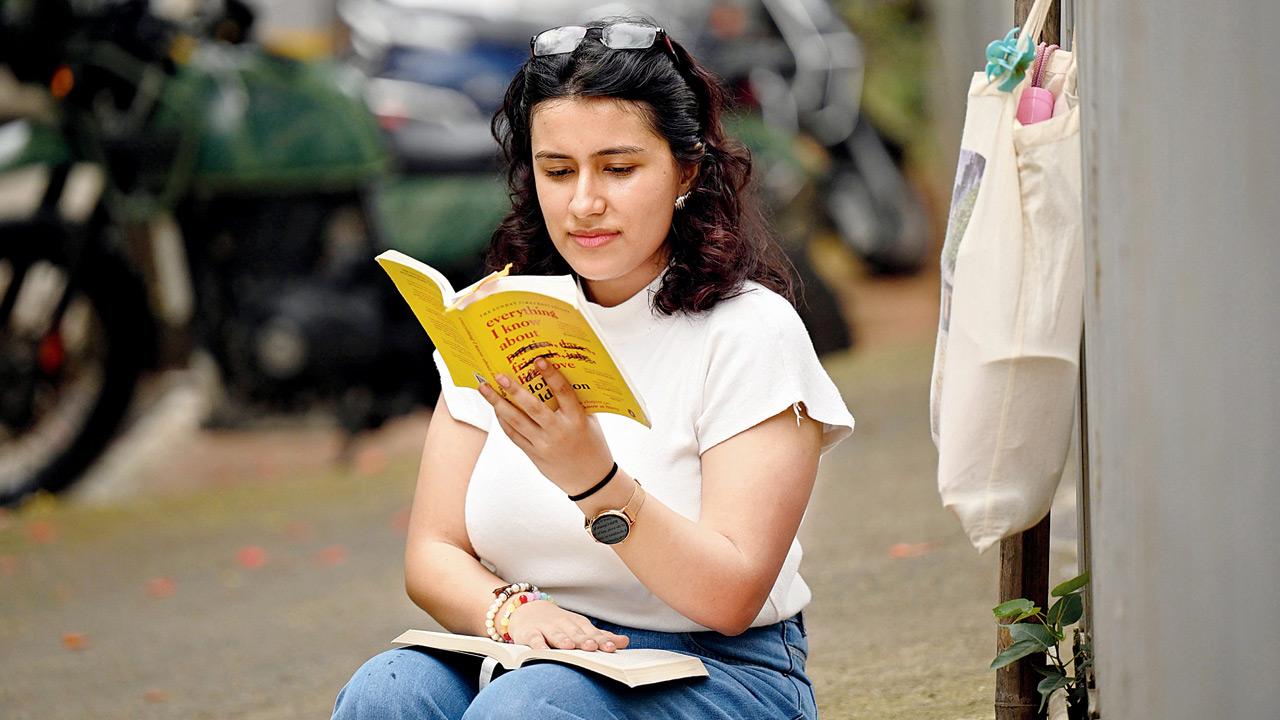 Jiyaa Devnani. Pic/Satej Shinde
Jiyaa Devnani. Pic/Satej Shinde
Both readers reject the idea of taste being dictated by virality. They read to feel, not to be seen. For Sharma, it’s Japanese literature and debut Indian authors. For Devnani, it’s Joan Didion and philosophical monologues. While the Internet celebrates fast consumption and minimalist covers, their bookshelves tell a slower, deeper story of grief and self-awareness and resistance to easy categorisation.
 Joan Didion is one of Jiya Devnani’s favourite authors, known for her groundbreaking essays and literary influence. PIC/ISTOCK
Joan Didion is one of Jiya Devnani’s favourite authors, known for her groundbreaking essays and literary influence. PIC/ISTOCK
Movies
Film reels over Instagram Reels
Deeyp Chheda, a 19-year-old student and film enthusiast, has no time for the dime-a-dozen Instagram Reels that cater to ever-depleting attention spans. “I find myself drawn to films which are more unconventional and attempting to diverge from conventional tropes.”
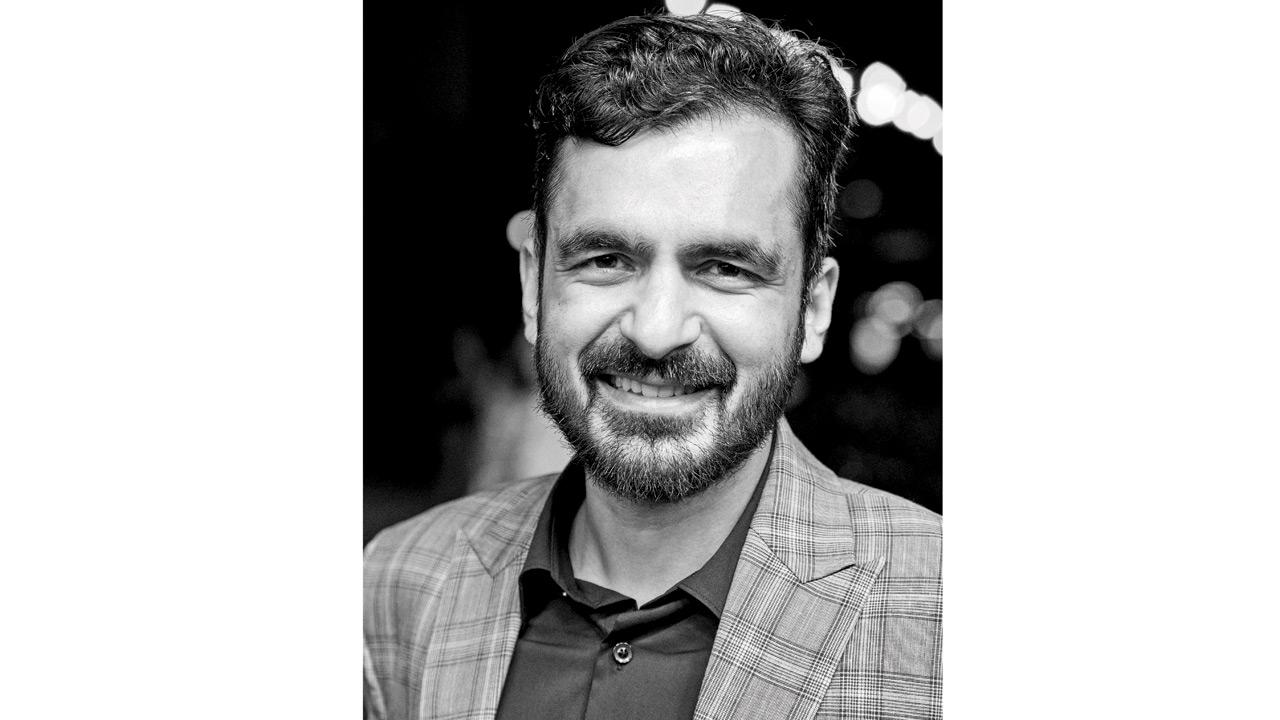 Karan Tejpal, director of Stolen which is a must-watch according to Deeyp Chheda
Karan Tejpal, director of Stolen which is a must-watch according to Deeyp Chheda
That’s not to say he’d judge you merely on the basis of what you watch. “I believe that what we watch does not necessarily say something about someone, but it’s the way one interprets or their reason for watching it that could tell you about them.”
Chheda finds himself drawn to longer forms of content making a comeback in 2025. “Most of the people I follow on Instagram make that type of content, wherein it’s a simple set-up and they’re talking directly to the camera. I resonate with that because it feels authentic to me.”

Deeyp Chheda. Pic courtesy/Deeyp Chheda
Drawn to movies with powerful storytelling and cinematography, Chheda believes in appreciating cinema for what it is and not the hype surrounding it. “Stolen by Karan Tejpal, which was recently released, needs more mainstream attention; it would have been great to see this film in the theatres.”
Music
Riders of rock ‘n’ roll
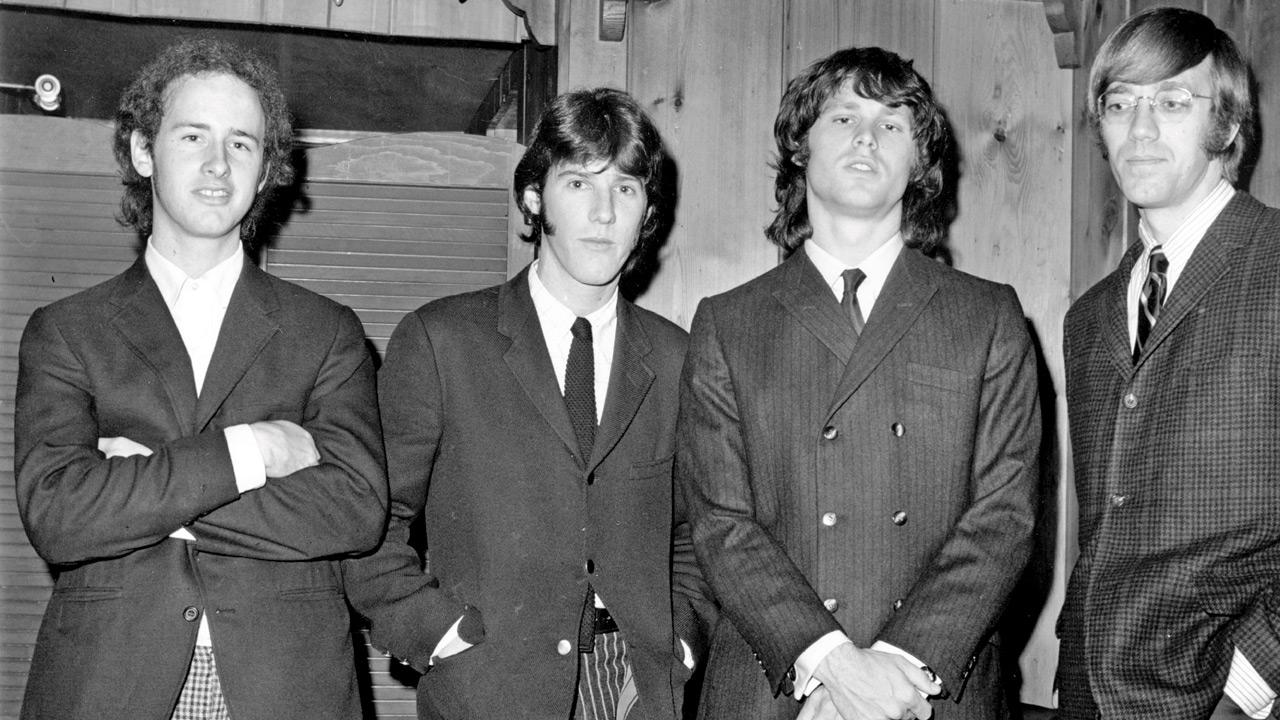
The Doors were Avan Roy’s introduction to the world of rock music. PIC/GETTYIMAGES
Music culture isn’t just about what one consumes, but how and why one consumes. In 2025, consumption patterns have taken an interesting turn, resurrecting the “hipster” era of music. To Avan Roy, a 19-year-old student and rock musician, music is synonymous with ideology. “I came across The Doors biopic on a random movie channel in 2018 and, after watching the movie, I got completely hooked.”

Avan Roy
Rock has “established and shaped my identity,” he says, but it’s not necessarily something he’d wear on his sleeve. “I only purchase a band T-shirt if they really define me,” he says, adding that the “shallow, performative act” of wearing T-shirts by bands one is unaware of, disregards the music and the artiste.
It’s the same with vinyl records: “It’s mainly an aesthetic sold to the general public. “But there are people who purchase records to appreciate and resonate with the music on a deeper level,” says Roy, who hosts listening sessions online with his commune called the “certified eclectics”, as well as offline in collaboration with the Versova cafe, Ink N Brew.
Art
Against the algorithm
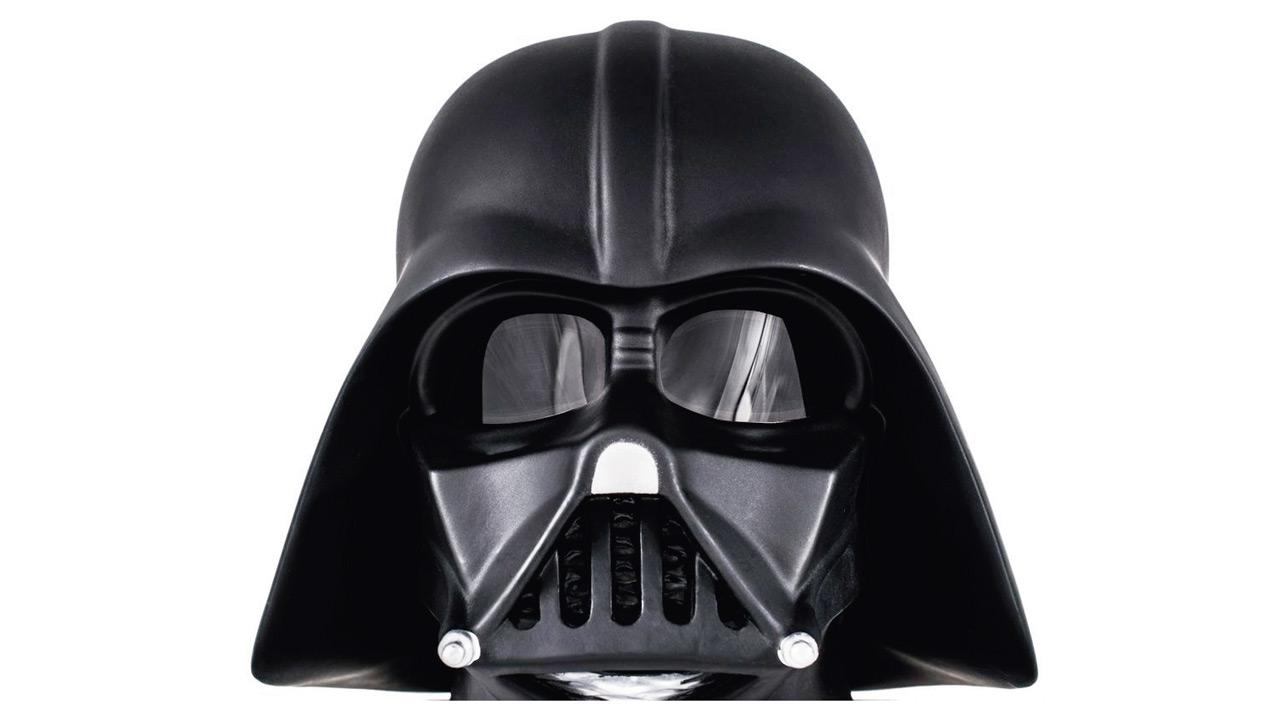 The sci-fi classic Star Wars is one of Aatish Khandale’s favourites. Pic/istock
The sci-fi classic Star Wars is one of Aatish Khandale’s favourites. Pic/istock
AT 17, Aatish Khandale doesn’t care for what’s trending. A sci-fi kid raised on cartoons and comic books, his influences are all over the place: Japanese soul, vintage photography, digital illustration, poetry, blues. If he had to choose a medium that ties it all together, it’d be film, “an amalgamation of everything”.
While his peers follow aesthetics for likes, Khandale scrolls with suspicion. “Trends don’t change what I post,” says the Chembur resident. He’s weary of the art-for-content pipeline, where effort is often ignored in favour of the algorithm. “Even brain rot trends go viral and that’s upsetting.”
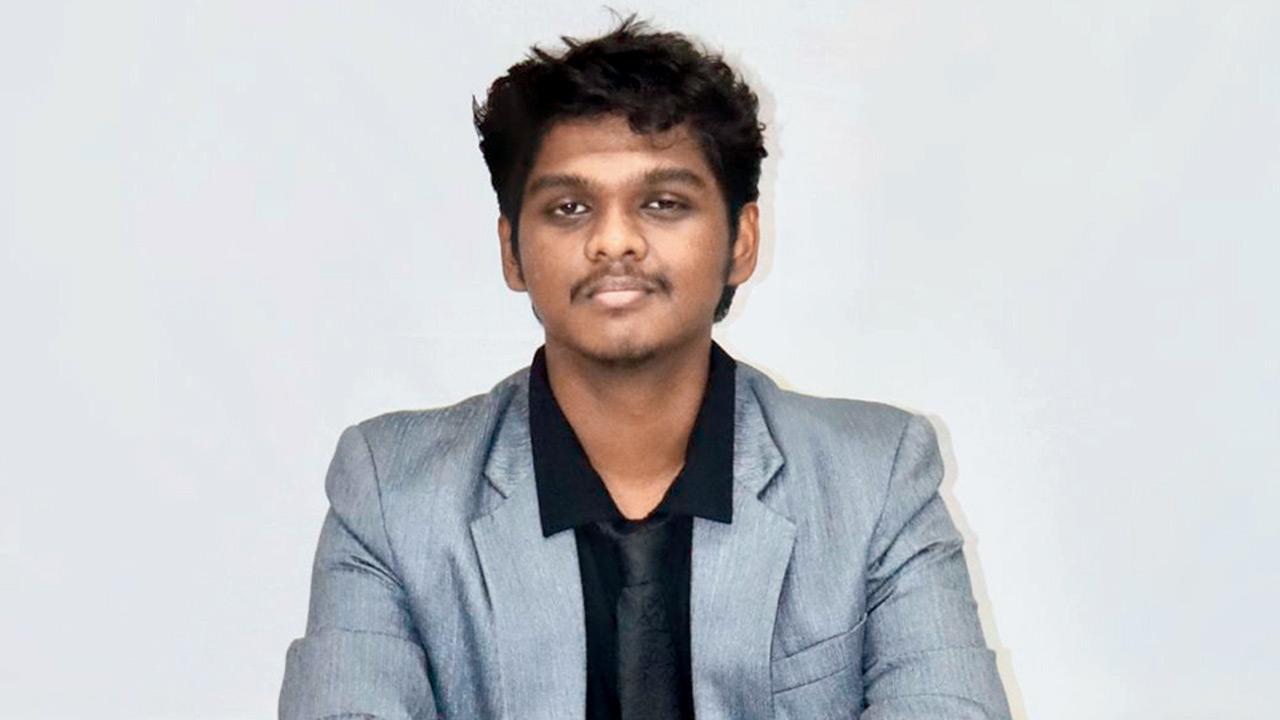
Aatish Khandale. Pic courtesy/Aatish Khandale
Art, for him, must have emotion, intent, and story. And while he doesn’t knock what others make, he tunes out the moment something feels hollow. “I’ll watch it for a minute or two, but if there’s no depth, I walk away.” His taste is a map of everything he’s felt, consumed, or questioned. “Things that are art, don’t have to be good, and things that aren’t art, can be good.”
Food
Sipping on some authentici-tea
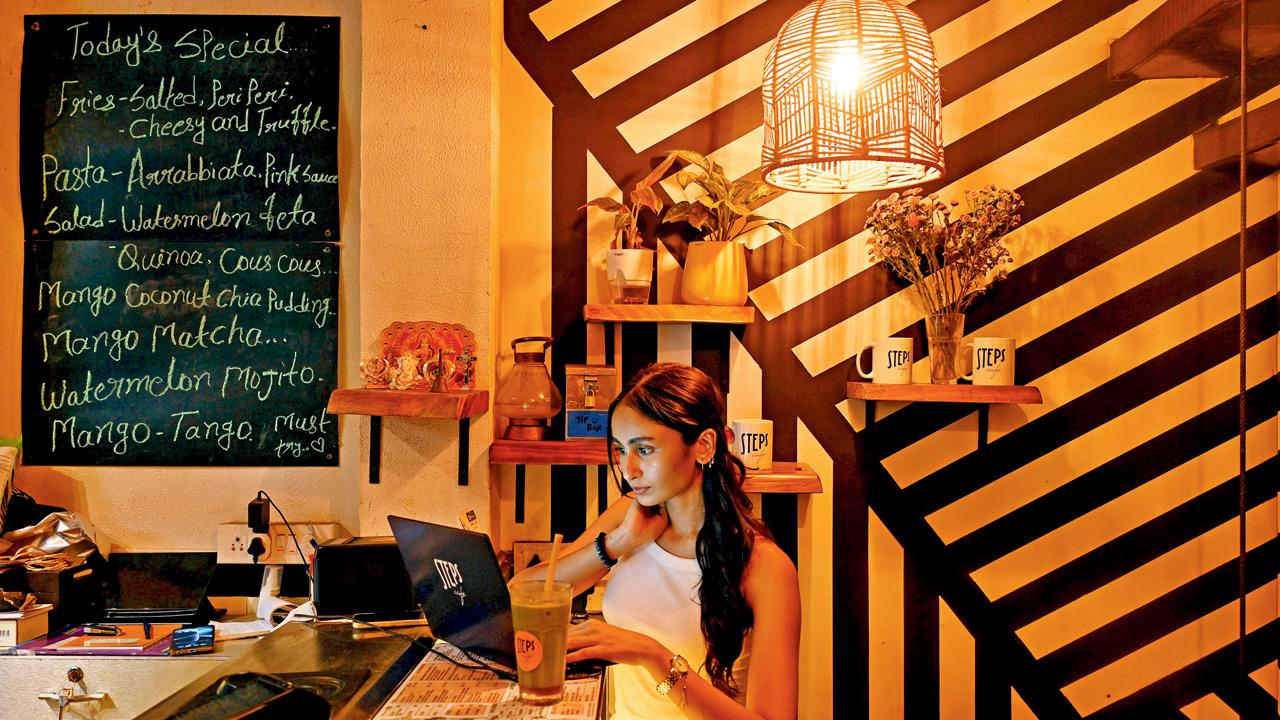
Piushi Ajwani enjoys being in a café away from the hustle and bustle of city life. Pic/Satej Shinde
Picture a rainy, gloomy day in Mumbai. You step into a cafe, soaking in the aroma of freshly brewed coffee and baked bread. You settle down on a well-cushioned seat, sipping your beverage of choice, with light jazz and chatter in the background keeping you company. But is that all to an ideal cafe experience?
“I not only care about the food and the coffee they’re serving, but also their brand identity, and if somebody is doing something unique or if there is a narrative involved, that sticks out to me,” says Piushi Ajwani, a 20-year-old student and social media manager of Steps Cafe, Bandra.

Keeping up with the trend is inescapable in such a cutthroat industry. “The harsh truth is that every second person seems to be opening a cafe or restaurant now, especially in Mumbai.” Talking about the matcha trend that has taken the “hip” side of the Internet by storm, Ajwani shares, “I discovered matcha because of my travels and the cafe itself — and now that I see people ordering it, it honestly doesn’t change my perception of the drink whatsoever.”
Fashion
Trend aware, not obsessed

Ruhanee Hiran PIC/INSTAGRAM@ruhaaneehiran
With 83,500 followers on Instagram, 26-year-old fashion creator Ruhanee Hiran knows what’s trending. She just doesn’t let it wear her. Her aesthetic is fluid, feminine, and evolving, shaped as much by inner shifts as it is by global style cycles. “Fashion is a tool,” she says. “You can use it to express your energy and show how you want to be perceived by the world.” She chooses the former.

Her feed reflects the moment, yes, but never without intention. Hiran is plugged-in, but she won’t chase a viral look unless it feels right. “Just because something’s trending doesn’t mean I’ll hop on it,” she says, calling out micro-trends like the Labubu craze that simply don’t resonate. For Hiran, personal style isn’t about resisting trends entirely, but remixing them. “Originality is a myth,” she shrugs. “It’s about how you make it yours.”
 Subscribe today by clicking the link and stay updated with the latest news!" Click here!
Subscribe today by clicking the link and stay updated with the latest news!" Click here!










